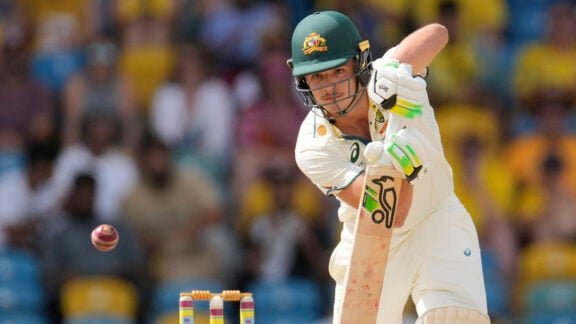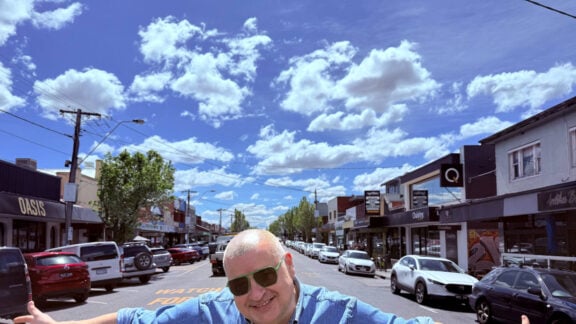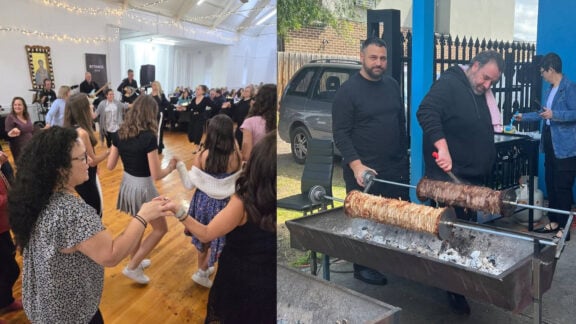We are used to seeing homeless individuals: there are 20,000 people in Melbourne alone sleeping on cardboard boxes, wrapped in dirty blankets, with some food left beside them and a hat for the spare coins of passersby. Perhaps we are a bit more used to this image than we should be; which is why most of us pay little or no attention to the 44,000 homeless young people in Australia.
Often our eagerness to expand the luxurious surroundings of our own ‘Australian dream’ comfort zone, makes it difficult, impossible even for an everyday person to understand, let alone relate to, life on the streets; the reality of life from couch to couch and hostel to hostel.
There is, however, a category of homeless people living among us who do not wear dirty clothes, who aren’t seen sleeping on the streets, who don’t beg for money.
Canberra-born Dionysios Georgopoulos, a 20-year-old photography student at RMIT, captured images of several homeless people around Melbourne, most of them young, and decided to tell their stories through his lens.
Working with the St Vincent de Paul Society, one of Australia’s largest charities, Dionysios ventured on a photographic journey to depict one of Australia’s biggest social problems.
“St Vincent’s de Paul Society came to RMIT University to talk with the photography students about hidden homelessness and how we could help by taking photographs,” Dionysios tells Neos Kosmos.

“I personally had never heard ‘hidden homelessness’ before they mentioned it. It is a real issue that I and I’m sure a lot of other people haven’t thought about, so I thought it was a great cause and jumped on board immediately and started to think critically about the issue and how I can communicate it effectively to others.”
The purpose of the project is to communicate hidden homelessness as something that can affect anyone, at any time in their life, without warning. Showing snippets of ordinary peoples’ lives shows just how destabilising and psychologically damaging an experience like this can be, according to the young photographer.
“We wanted to help create a dialogue on the issue, sparking a conversation people are comfortable talking about it,” he continues. “Hopefully, this project is a first step towards understanding hidden homelessness, and creating awareness within the community.”
Initially, Dionysios saw the project as a major challenge on many levels. He wondered how he could photograph people without resorting to stereotypes. He eventually resorted to the classic vox pop method, approaching a significant number of homeless people some of whom managed to conceal the fact that they had a housing problem quite well.
“Ultimately it came down to talking to people about it,” he muses recounting his meetings with homeless people of all ages from different ethnic and social backgrounds.
“Central Melbourne was a great area to go since it’s filled with diverse people, cultures and age groups. I walked around the street and started talking to ordinary people about their experiences and this idea of hidden homelessness.”
To his surprise the majority of people he talked to had some form of housing stress whether it was minor or severe. Although even more surprising was their openness.
“While some were hesitant to open up to me,” he explains. “Most were more than happy to share their experiences.”
Dionysios will be finishing his degree at the end of this year, and even though it is difficult to say what his future plans are, he hopes to begin a career in photojournalism and continue to tackle a variety of different social and environmental issues.
“Communicating these stories effectively to a large audience and finding new ways to tell them is very exciting to me,” he says.
“This project is only the beginning.”


Alexander: ”Recently I broke up with my girlfriend and I got kicked out of the house, even though it was a joint lease. I was trying to do the nice thing so I left. I had to call on a few mates to couch surf for a while. I live in Hobart in Tasmania, and I was sleeping in the backyard in a tent for two-and-a-half months with my friends. The break-up was expected but the rest that came with it was the hardest; being homeless, living in a tent, relying on your mates. It was dark.”

Nashan: ”I was going through that teenage stage where you have problems with your parents, and I started staying out late. Sometimes I would stay with my friends and other times I wouldn’t have anywhere to stay. There were a few nights where I would roam around the streets, going into McDonalds and ordering a burger trying to stay as long as I could, until they kicked me out. The main thing that hit me that night was the cold, it’s something you take for granted, just heating, somewhere warm to sit or even sleep. It made me appreciate what homeless people go through, there was something very primal being out in the cold all night.”

Ben : “When I was 12 years old with my father worked as a dishwasher and chef, we didn’t really have any stability, a home, or anything like that. As a kid you when you don’t really have that sense of place, or security, it kind of makes you bit more anxious about what could come around the corner. Dad always struggled with money and bills, we lived in share houses. It was difficult to focus on studies, especially when going through high school it’s just something you always have to worry about. It defiantly made me grow up a lot quicker, it’s very real, you have no money, you have no where to stay, no where permanent. Faced with something that’s very adult at a very young age.”







